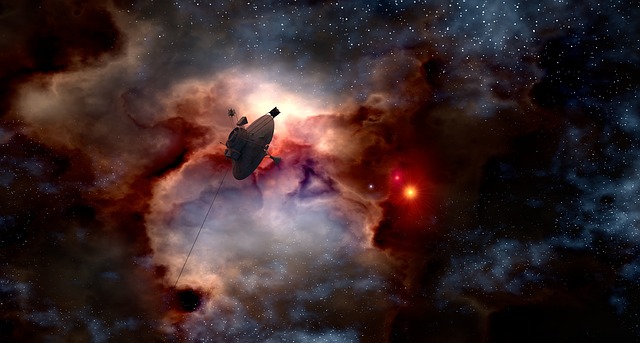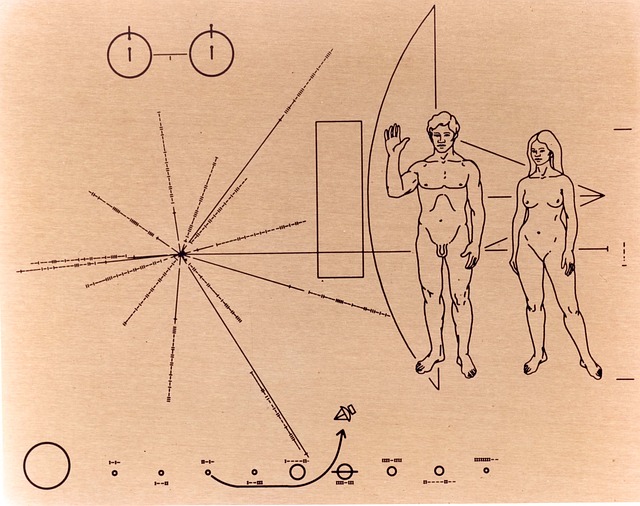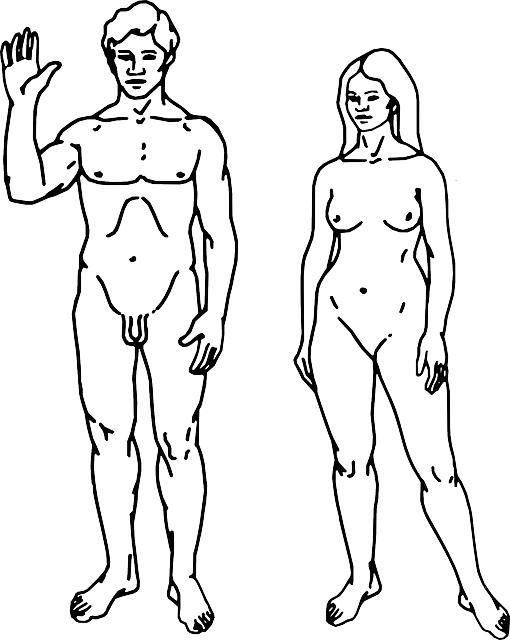SPACE EXPLORATION
MAY 27, 2021
NASA Pioneer 10 program

NASA have been launching some space probes since decades ago. The spacecrafts are now travelling far in the deep space to stars in the universe. The space crafts that launched in the 1970’s are still traveling on trajectories and on the way out of our solar system and beyond.
On March 2, 1972, NASA launched its Pioneer 10 spacecraft from Cape Canaveral, Florida – the first craft to travel pass the asteroid belt. A year later Pioneer 11 followed his old brother to space. The name for the probes was given by Stephen A. Saliga, who had been assigned to the Air Force Orientation Group, Wright-Patterson Air Force Base at the time, as chief designer exhibits. If Pioneer 10 and Pioneer 11 continue on, they are all expected to leave the heliosphere and continue exploring through the interstellar zone.
In the end, these spacecrafts will run out of power and “die” because of their age, their electronic equipment will stop working and they will stop communicating. Pioneer 10 and Pioneer 11 sent their last transmissions to Earth in 2003 and 1995, respectively. Pioneer 10 and Pioneer 11 became the first of five man made objects to leave the Solar System.

According to Space.com website, Pioneer 10 carries a gold-anodized plaque, 6 by 9 inches in area, with a message to any intelligent life it might encounter on its journey. The Pioneer plaque contains information about the origin of the probe and life on Earth as well as diagrams of Earth’s location and drawings of humans – a man and a woman.
The plaque depicts two nude figures – a man and a woman, along with diagrams of the solar system and the sun’s position in space. It was intended as a map to Earth for any extraterrestrials being who might be curious about who made the spacecraft in case any extraterrestrials find them someday. Another map showing the flight path of Pioneer 10.
Two people designed the plaque: astronomer Carl Sagan and Frank Drake, founder of SETI (Search for ExtraTerrestrial Intelligent) and author of an equation that measures the likelihood of communicating with intelligent life, the Drake equation.

History.com website writes, in December 1973, after successfully passing the asteroid belt and a distance of 620 million miles, Pioneer 10 reached Jupiter and sent back to Earth the first close-up images of the spectacular gas giant.
On June 13, 1983, the probe left our solar system forever. The Pioneer 10 project was officially ended by NASA on March 31, 1997, with the spacecraft having traveled a distance of some six billion miles away.
Headed in the direction of the Taurus constellation, Pioneer 10 will pass within three light years of another star–Ross 246– around the year 34,600 A.D.
related post